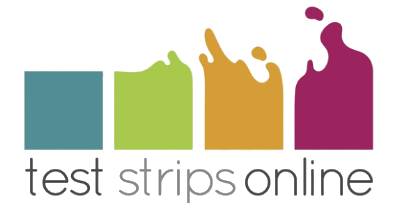$1.00
Description
The NANOCOLOR® Formaldehyde Tube Test is for the photometric determination of formaldehyde by the acetylacetone method.
Formaldehyde reacts with ammonium ions and acetylacetone to a yellow dye.
Formaldehyde has been produced for approximately 100 years and is used as raw material for resins, as binding material for wood-based panels (chipboards), for textile treatment, for disinfection and conservation and as raw material for medicinal products and explosives. Particularly in wood and chipboard industry the content of formaldehyde must be determined and threshold values must be observed. Chipboards are the main source for formaldehyde in living spaces.
Chipboards and other wood-based panels, like plywood or blockboards are often glued with binding materials based on formaldehyde which are easy and cheap to produce. To produce these binding materials, formaldehyde is spiked with urea, whereby water is formed, which dries afterwards. This process is reversible, so that during the life-time of such wood-based panels the influence of air humidity leads to a digestion of the binding material to formaldehyde and urea. The resulting formaldehyde gases out from the wood-based panel. This process takes place during the whole service life of the panel, as long as there is binding material in the panel.
The classification of wood-based panels is done with the standardized perforator method (DIN EN 12460-5 – Wood-based panels – Determination of formaldehyde release – Part 5: Extraction method (called the perforator method).
Compatible with the following photometers:





